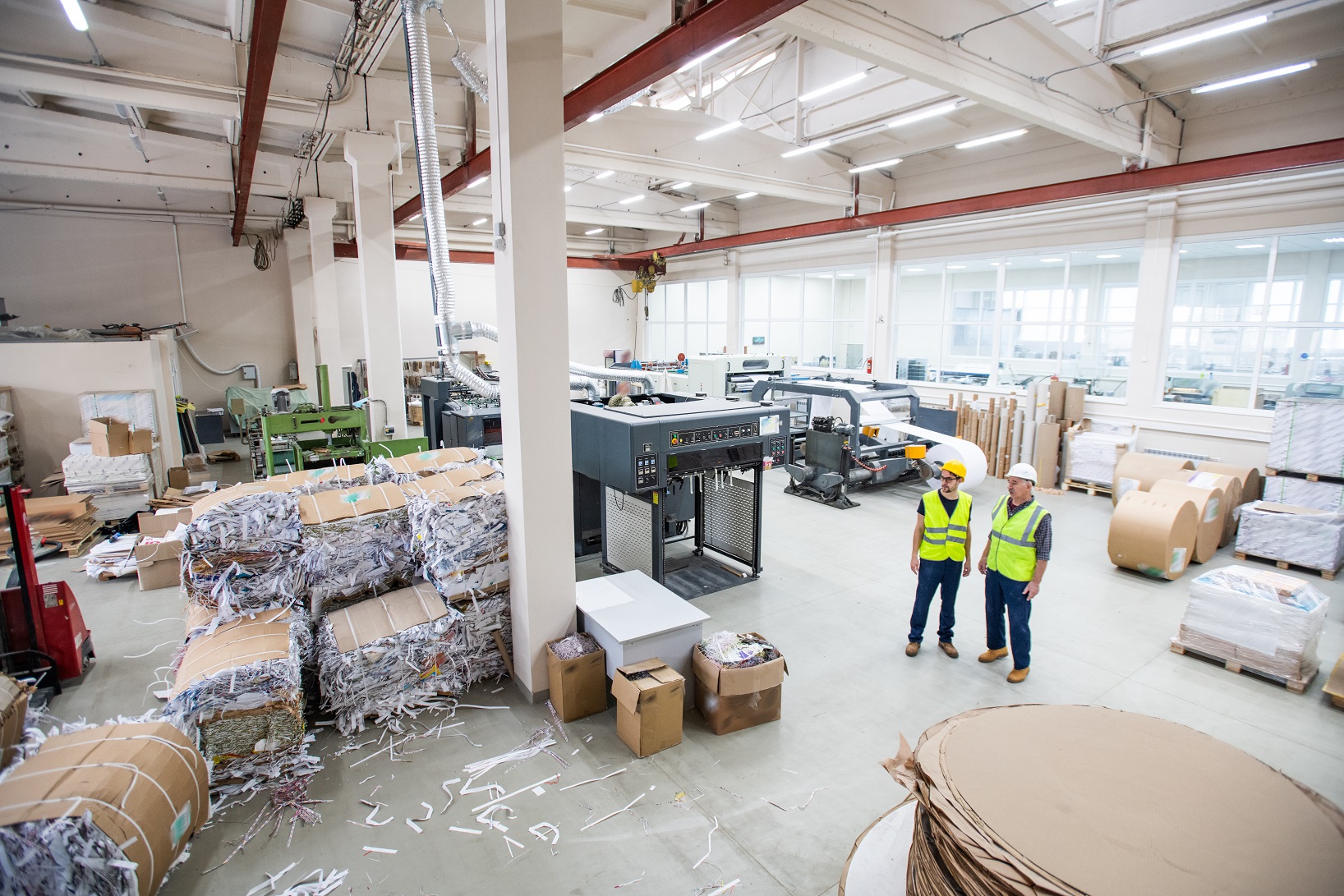The DYNAMIC FUTURE digital twin answers “What if?”

“Today, everyone has a true digital twin. You just need to start Waze navigation, for example. The twin, as we use it in DYNAMIC FUTURE, doesn’t work in real time. Its task is to plan and design processes that are several years away,” explains Petr Jalůvka. “We show customers a vision of their future,” adds Jan Šlajer
What happens if...
As the management explains, the digital twin is built on the basis of current data, but everything that it verifies, designs, and change throughs it is about the future. The customery can thereby find out:
- how will production look if they take on more orders,
- what happens if they move one of the machines,
- how logistics will change if they build a new warehouse,
- what impact warehouse automation will have on logistics processes.
“A digital twin can verify what happens when you make a change. It can work with current data, but mostly the customer wants to use predicted future data. We know how to create a data future, we are really very good at that,” says Jan Šlajer, Company Representative of DYNAMIC FUTURE.Materialize the fogThe Ostrava consulting firm is approached by customers who plan to expand their businesses and grow. The task of DYNAMIC FUTURE is to guide them on the path to change, asking a series of questions, and showing which details need to be focused on.It makes a huge difference if orders grow by 10 or 150 percent annually. And also, in what ways that can be achieved. A customer can sell one item to a hundred new customers, or sell one product to one customer a hundred times. Or there will be a situation where they start producing a completely new product.
“There are a lot of factors that go into planning. Our strength lies in the ability to lead the customer from a vague vision to its realization. With digital twin support. It’s like materializing fog,” says Petr Jalůvka.
Predictive trio
Based on the prediction of the digital twin, the company will receive several alternatives of the possible future. Based on them, it is able to make an informed decision. Jan Šlajer clarifies that there are generally three variants – optimistic, pessimistic, and compromise. But it is not unusual to work with more than ten versions.
Each option deserves intensive care and consideration of all their complexities. DYNAMIC FUTURE solves them with the clients in the framework of workshops, during which they carefully discuss the specifics of each proposal.
“It’s such a predictive trio. The customer knows exactly what they want to grow. Most often, they don’t know how. But they are sure of what they don’t want. Thanks to our many years of experience, we know what growth opportunities exist, and how to achieve them. And gradually, together with the customer, we cut off paths that are unacceptable. Only those that can be worked with remain,” explains Petr Jalůvka.
One example for all
In 2013, DYNAMIC FUTURE was approached by representatives of the Mondi Štětí company, saying that they needed to validate the permeability of the road network in their area. After verifying several designs through digital twins, they gradually implemented all of the verified solutions. The result turned out to be exactly what they needed.
The company for the production of packaging and paper approached DYNAMIC FUTURE again in 2023. Due to the increase in not only road but also rail transport, they had a new transport network checked.
“For Mondi Štětí, among other things, we verified, for example, the accessibility of gates in the framework of road and rail transport,” explains Jan Šlajer, adding that the company successfully incorporated the finally chosen solution into the project.
Only a fool launches projects without checking the plans
As for the time required, according to Jan Šlajer, companies should expect it to take three to four months. The initial analysis resulting from the logistics audit will take about a month.
“Thanks to the logistics audit, we find out not only what the customer’s idea is, but also whether they can use any quick win solutions. Or alternatively, if we come across a part of the process that deserves a similar investigation,” says Petr Jalůvka.
Jan Šlajer adds that currently no one who has a plan to implement a major renovation, optimization, or automation can do so without its verification:
““For example, building a warehouse for hundreds of millions of crowns and not having its functionality simulated is really nonsense. Fortunately, it turns out that more and more companies understand this. Digital twins is a really brilliant tool for these cases.”
Related articles
Jul 11, 2024
Europe’s wind power industry relies on digital technologies
Europe’s wind power industry relies on digital technologies
Jul 11, 2024
Application for WMS? Vysoká efektivita, rychlé aktualizace, maximální variabilnost
Application for WMS? Vysoká efektivita, rychlé aktualizace, maximální variabilnost
Jun 7, 2024